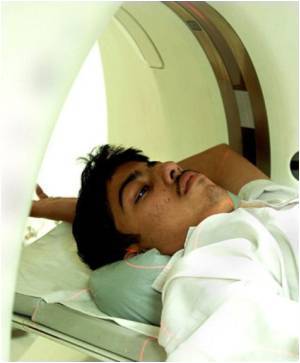A decade of increased use of sophisticated, expensive, imaging studies has put radiologists and their specialty front and center in health care reform.

Rawson and Dr. Ruth Carlos, Professor of Abdominal Radiology at the University of Michigan, are Co-Editors of a special issue of the Journal of the American College of Radiology that provides their colleagues with current information and steps to do just that.
"When you look at the impact of health care reform it very much depends on what hat you are wearing: you may be the patient, you may be the parent, you may be the taxpayer, you may be the employer and all those have different perspectives," said Rawson. Regardless of the hat or the perspective, health care reform is a "game changer."
In the world's most expensive health care system, defensive medicine, inefficient insurance processes and preventable conditions related to obesity account for about one-third of U.S. health expenditures. That cost alone can make up the gap between the percentage of gross domestic product spent on health care in the U.S. compared with other countries, said Rawson, who also authored a paper for the journal on the roots of health care reform.
The non-invasive but expensive imaging tools of radiology are a major player in the practice of defensive medicine. Patient demand for such studies also has increased utilization as has the proliferation of mobile and other non-hospital based imaging. A more positive aspect of the decade of growth is imaging's replacement of exploratory surgical techniques for diagnosing, as an example, internal injuries in the abdomen, Rawson said. And, computerized tomography often can be used to quickly diagnose heart disease in an emergency room patient with chest pain rather than rushing off to a cardiac catheterization lab.
Clinical decision support tools based on best practices that are integrated, as an example, into the electronic medical record system, can help ensure such optimal use of imaging. "The right study gets ordered for the right patient at the right time so there is better health care and more appropriate utilization," Rawson said.
Advertisement
That does not mean cookie cutter medicine, Rawson said. "There are other things that are not standardized workups and require judgment every step of the way but you reach a point in physician decision making where there is a common pathway you should follow."
Advertisement
Source-Eurekalert










